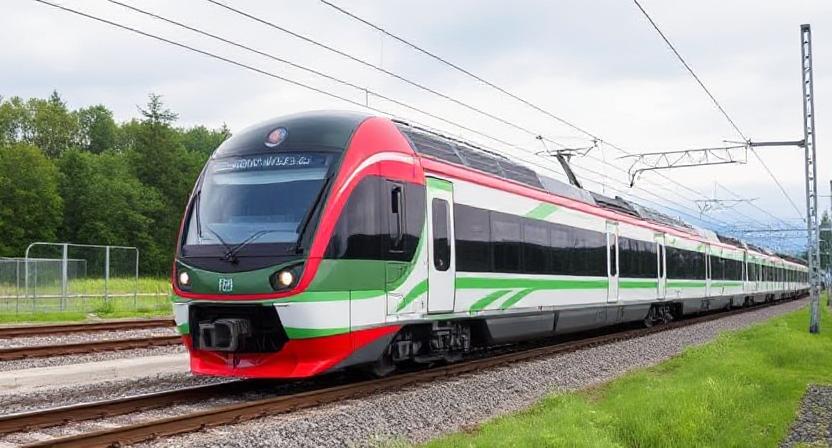Published on
August 16, 2025
In a major breakthrough for Central European transport, the double-deck electric train DDEMU2 has successfully entered trial stages in Hungary. Organized by Rail-Tours, which is owned by MÁV, the trial comes after successful tests were undertaken at the VUZ test ring in Velim, Czech Republic. The development constitutes a major milestone in the integration of the DDEMU2 into Central Europe’s expanding rail system, which has the potential to revolutionize traveling between cities.
The CRRC-developed DDEMU2 train for Austrian operator Westbahn was initially scheduled for certification in 2023 but has been delayed and now has the timeline extended to 2026. The multi-system electric train aims to operate among various countries such as Austria, Germany, Slovakia, and Hungary, linking major transport nodes in the region, raising the speed and convenience of the passengers.
Key Features and Capabilities of the DDEMU2 Train
The DDEMU2 is equipped with six cars and is capable of reaching speeds of up to 200 km/h (124 mph). This high-speed capacity positions the train as a competitive player in the Central European transport market, where fast and efficient travel is increasingly in demand.
With a capacity of 1,280 passengers, including 571 seats, the DDEMU2 is built to cater to high-demand routes, providing a modern and comfortable travel experience for a large number of passengers. The manufacturer has emphasized that the train fully complies with European TSI (Technical Specifications for Interoperability) standards, ensuring compatibility and safety across international rail networks.
Local Production Plans and Market Entry
Although the delivery of the DDEMU2 to Hungary has not been confirmed, the train’s potential entry into the market has been facilitated by a partnership between CRRC and the Hungarian company Acemil. This agreement is a strategic move aimed at establishing local rolling stock production in Hungary, which would help lower costs and accelerate market entry.
This collaboration is expected to not only speed up production but also contribute to the local economy by creating jobs in the rail manufacturing sector. The presence of local production could further enhance the competitiveness of the DDEMU2 in Central Europe, providing a boost to the region’s rail infrastructure.
Impact on the Rail Sector and Future Prospects
Experts believe that the successful certification and deployment of the DDEMU2 will significantly strengthen CRRC’s position in the European rail market. The introduction of such modern, high-speed electric trains is expected to spur increased competition in the rail sector, ultimately benefiting passengers by improving service quality and travel conditions.
The DDEMU2’s potential to reduce travel times between major cities in Central Europe could redefine regional connectivity, making rail travel a more attractive and efficient option compared to other forms of transportation. Additionally, the project’s eco-friendly approach aligns with the growing demand for sustainable transport solutions across Europe.
Conclusion: A New Era of High-Speed Rail in Central Europe
The current trials and subsequent certification of the DDEMU2 double-deck electric train mark the start of a new era for Central European high-speed rail. With its high speed, capacity, and green credentials, the DDEMU2 is set to be an integral component of the region’s transport infrastructure.
Deployed, this state-of-the-art rail technology will not only enhance connectivity throughout Austria, Germany, Slovakia, and Hungary, but also upgrade the end-to-end travel experience for passengers. Domestic manufacture in Hungary would additionally contribute to strengthening the rail industry in the region, providing economic rewards while promoting sustainable transport in Europe.
